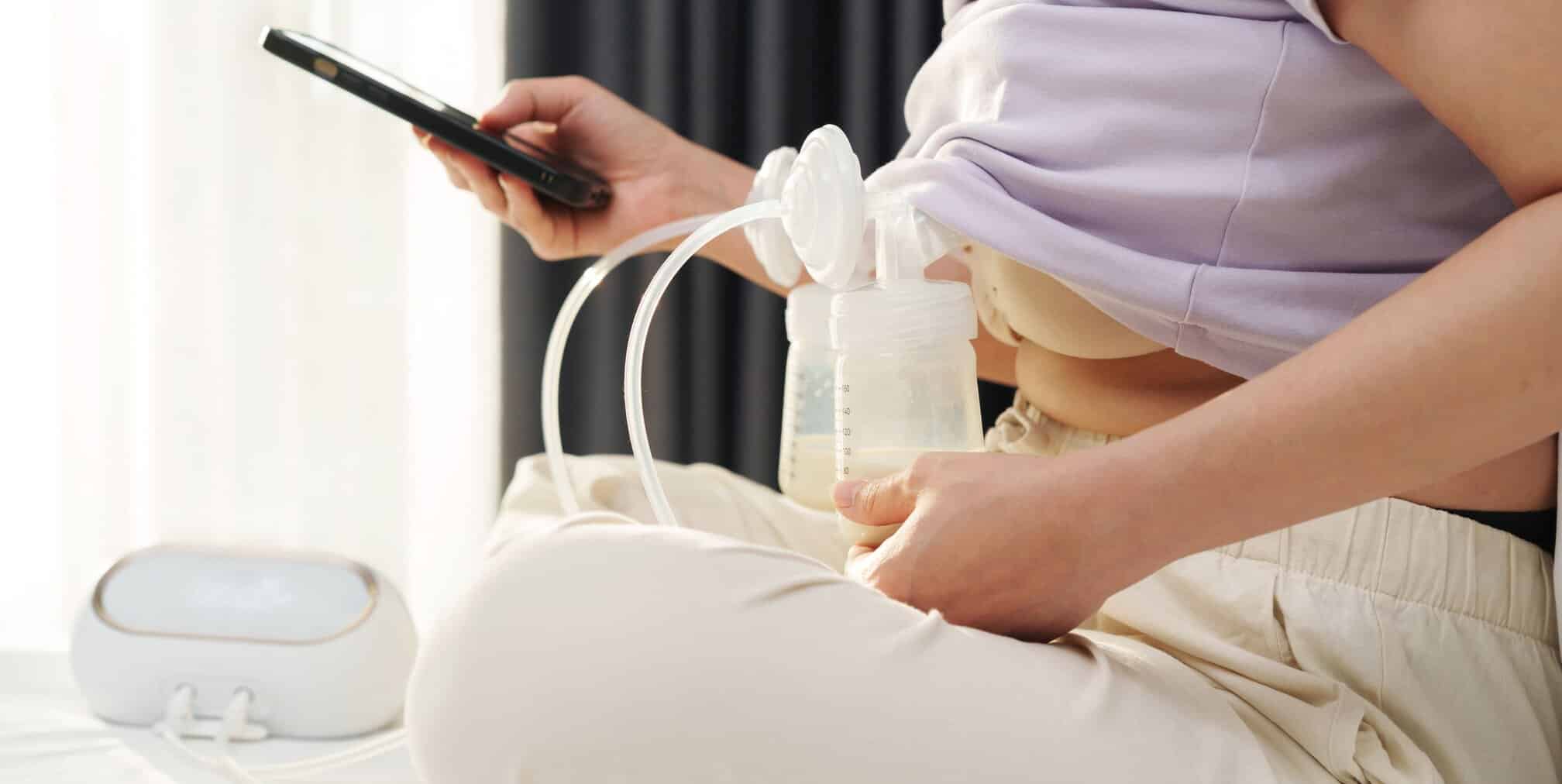Sometimes your baby cries and fusses and you don’t know what’s causing them discomfort. In the first months of life, we tend to think that it’s gas or a stomachache. In fact, air in the digestive system is completely normal and usually passing it doesn’t hurt!
Babies release gas on average about 24 times a day. Parents tend to think that their baby suffers from stomach discomfort because when babies cry, they contract the belly and fold the legs towards their belly. Many things can cause babies to cry and fuss some have nothing to do with tummy aches it’s a good idea to approach this with curiosity rather than assume its tummy issues causing your little one to fuss.
When it is a tummy issue the first thing to consider is trapped gas. trapped gas is painful, it happens because of babies not being able to move themselves very well. Here are some ideas on how to help a baby who suffers from trapped gas or colic:
Movement
Most babies’ gas problems can be solved with the help of movement. Anyone who went through surgery or a period of being bedridden can tell you that not being able to move very well (like newborn babies whose motor skills are a work in progress) makes it harder to clear gas out of the digestive system. To help your baby release gas, help them move! Carry them on your body when you go about your business doing things inside and out of the house, their body will move and adjust itself according to your movements, helping them move just enough to clear their tummy. You can use a sling to make it easier to carry the baby. You can also gently bring their legs to their tummy in a circular motion, folding the legs toward the tummy and then bringing them to a resting position, to release gas. Another good way to do this is holding them in the tiger on the tree position with their head and tummy on your arm and gently jiggling their bum.
Lying on the left side
When you lay a baby in a “tiger on a tree” position on your left arm with the baby facing out, this position helps with releasing gas. In case you were wondering, there is a good explanation for why this happens: The stomach has an S shape, and when it is pulled by gravity to the left side, it helps gas exit the system. You can also put the baby on their left side in the crib but It’s important to do this only under supervision as babies should only be placed on their back to sleep in a crib.
Herbal Help
For thousands of years, the use of plants, especially those containing aromatic compounds (such as chamomile, fennel, ginger, etc.), has been a common practice in traditional herbal medicine around the world, to support common conditions of flatulence and abdominal discomfort in adults, infants, and children. Traditionally, during the period of breastfeeding, mothers often consume herbal extracts in teas and foods, to relieve the abdominal discomfort of their baby via breast milk, with the milk transferring the active ingredients through the filter of the mother’s body.
MilkCare’s Calmi was inspired by this ancient mother’s wisdom, taking the powerful effect of medicinal plants, and concentrating them in capsule form. So you can take them instead of giving anything directly to your baby.
Want to enjoy all the benefits of plant extracts for support in common conditions of flatulence and abdominal discomfort? Calmi is a dietary supplement, based on concentrated plant extracts traditionally used to support these common conditions.
For general relief of pain and to calm, you can use essential lavender oil in an electric diffuser or a burner, and let the lavender aroma evaporate in the room.
Touch – Baby Massage
Baby massage is a great way to relieve colic in babies and improve your baby’s sleep and weight gain. Here is a great example of a calming baby massage:
https://www.youtube.com/watch?v=Fcn6gVX5y4I
Ruling out other causes of pain
It’s very important to consult a lactation consultant and your pediatrician if your baby experiences prolonged crying or any discomfort. There are all kinds of causes for colic and discomfort, such as cow’s milk protein allergy or other allergens (usually, food that the mother eats while breastfeeding does not cause gas in babies, but when it does, the immediate suspicion is cow’s milk because most children with allergies in the first year of life, are allergic to cow’s milk), an oversupply of breastmilk or very active milk ejection reflex, premature consumption of solids (before the age of 6 months) and more. It’s possible that the baby suffers from pain that has a different root other than gas. One of the common problems in the first months of life is latent or visible reflux. Consultation with a lactation consultant and a pediatrician will help you find out if it is a problem other than gas.


